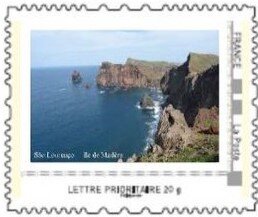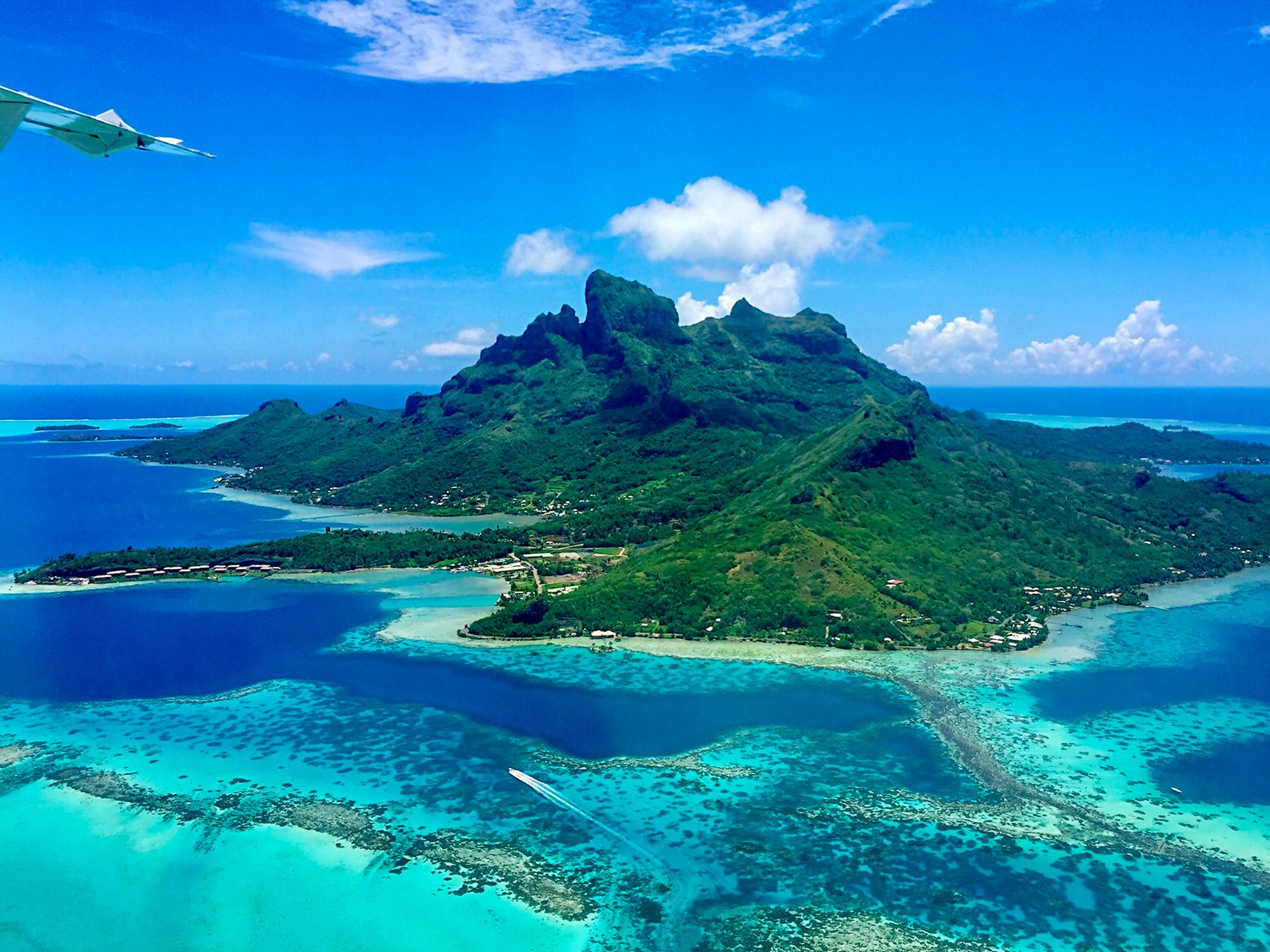Stamp: Natural Splendors of Planet.Sao Lorenco Point, Madeira (Personalized and Private Mail Stamps 2020)
Natural Splendors of Planet.Sao Lorenco Point, Madeira (Personalized and Private Mail Stamps 2020)
01 March (Personalized and Private Mail Stamps ) within release France : Collector. Natural Splendors of the Planet goes into circulation Stamp Natural Splendors of Planet.Sao Lorenco Point, Madeira face value Prioritaire No Face Value
| Stamp Natural Splendors of Planet.Sao Lorenco Point, Madeira in catalogues | |
|---|---|
| Colnect codes: | Col: FR-MON 2020-230/7 |
Stamp is square format.
Issued for the exhibition of photographs of Dominique Krauskopf at the Plant Garden in Rouen.Also in the issue France : Collector. Natural Splendors of the Planet:
- Stamp - Natural Splendors of Planet. Haleakala Volcano, Maui face value Prioritaire;
- Stamp - Natural Splendors of Planet. Icebergs Greenland face value Prioritaire;
- Stamp - Natural Splendors of Planet. Lake Wanaka New Zealand face value Prioritaire;
- Stamp - Natural Splendors of Planet. Ocetá Paramo - Colombia face value Prioritaire;
- Stamp - Natural Splendors of Planet. Royal Penguins South Georgia face value Prioritaire;
- Stamp - Natural Splendors of Planet.Sao Lorenco Point, Madeira face value Prioritaire;
- Souvenir Sheet - Natural Splendors of the Planet face value 8*Prioritaire;
- Stamp - Natural Splendors of the Planet. Anse Source d'Argent Beach face value Prioritaire;
- Stamp - Natural Splendors of the Planet. Banff Alberta Canada face value Prioritaire;
Stamp Natural Splendors of Planet.Sao Lorenco Point, Madeira it reflects the thematic directions:
Coastal areas are local administrative units (LAUs) that are bordering or close to a coastline. A coastline is defined as the line where land and water surfaces meet (border each other).
An island or isle is a piece of land, distinct from a continent, completely surrounded by water. There are continental islands, which were formed by being split from a continent by plate tectonics, and oceanic islands, which have never been part of a continent. Oceanic islands can be formed from volcanic activity, grow into atolls from coral reefs, and form from sediment along shorelines, creating barrier islands. River islands can also form from sediment and debris in rivers. Artificial islands are those made by humans, including small rocky outcroppings built out of lagoons and large-scale land reclamation projects used for development.
A photographer (the Greek φῶς (phos), meaning "light", and γραφή (graphê), meaning "drawing, writing", together meaning "drawing with light") is a person who uses a camera to make photographs.
In geology, rock (or stone) is any naturally occurring solid mass or aggregate of minerals or mineraloid matter. It is categorized by the minerals included, its chemical composition, and the way in which it is formed. Rocks form the Earth's outer solid layer, the crust, and most of its interior, except for the liquid outer core and pockets of magma in the asthenosphere. The study of rocks involves multiple subdisciplines of geology, including petrology and mineralogy. It may be limited to rocks found on Earth, or it may include planetary geology that studies the rocks of other celestial objects.




